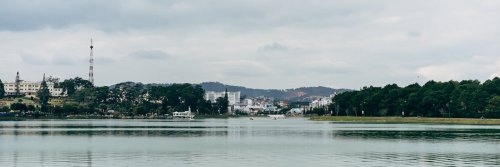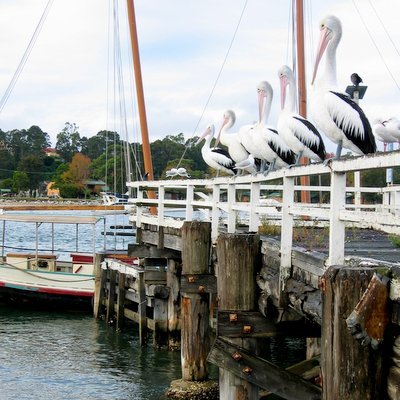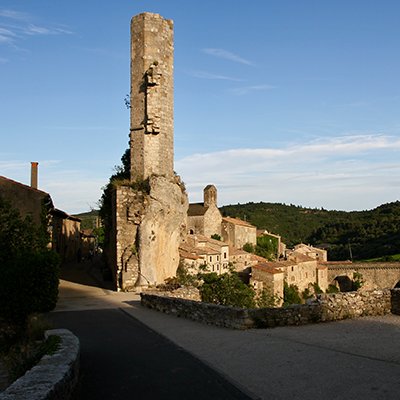Da Lat is a contradiction in tourist terms: often described as off-the-beaten track, but then regarded as a popular haven for travellers. Accessed by Lien Khuong International Airport (DLI) or a slog on the mountainous roads via coach, the destination is, without doubt, uniquely memorable.
First time around, our great adventure into the Vietnamese mountains didn't augur well. Cranking along on a packed bus and ascending heights with only the descending mist for company, it was a bit of a shock when the vehicle pulled up in the middle of nowhere.
Visions of being deposited on the side of the road with 20kg luggage, a weak wave to humanity and an experience similar to TV's Race Across The World on our own seemed to beckon. What happened was well, out of this world.
However, we were advised in broken language that we all had to get off and walk to another point to access another coach, which would take us onward to Da Lat. What transpired in real life was that there had been a landslide blocking the road.
The only option, armed with our luggage, was to traverse dangerously close to the edge of a sheer drop to get to the other side and safety. This wasn't helped with passengers coming the other way, including a man with a motorcycle and a farmer with several pigs in wooden cages!
You couldn't make it up.
Fortunately, bedraggled and tired, we were able to get to Da Lat and onward to our hotel, where the heating was on due to the incessant cold that crept through our bones. Not exactly a welcoming experience, given that we had spent many sunny days on the beaches of Nha Trang and Mui Ne.
Nevertheless, our stay in Da Lat proved to be one of the most endearing stays during our Vietnam sojourn.
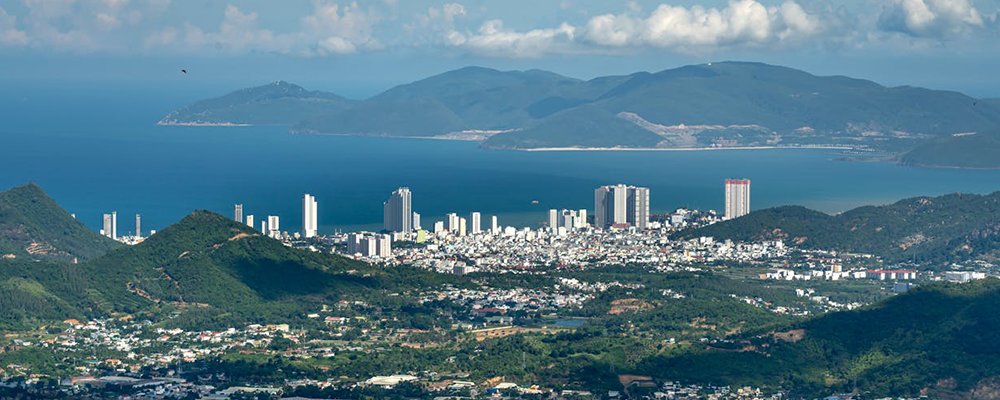
What's the deal with Da Lat?
The town is not called the City of Eternal Spring for nothing. Located over 1,500m above sea level, Da Lat is a welcome mountain retreat for locals and travellers due to its cool climate, where nature abounds. Forests, flower fields, lakes and breathtaking natural beauty are all on tap.
Da Lat was identified just before the turn of the 1900s as the site for a potential town by French bacteriologist Alexandre Yersin. The town, rich with French villas, proved a cool haven for French Indochina's colonial administrators in the sweaty lowlands of Saigon.
Bảo Đại, the last emperor of Vietnam's Nguyễn Dynasty, had several palaces in Da Lat, including his summer palace, Dinh III, built between 1933 and 1939 in an Art Deco style. The palace served as a retreat for the royal family and now functions as a museum displaying period furnishings, portraits, and information about the former emperor's life.
The palace features the emperor's office, throne room, and living quarters, as well as photographs and art of the royal family. The preserved interiors give visitors an insight into the lifestyle of the last emperor and his family. Visitors can also enjoy the palace's lovely gardens.
Da Lat is also considered one of the food baskets of Vietnam, with all manner of fruit and vegetables grown locally. It proves to be an enjoyable morning's stroll through the town's market to haggle with producers for anything from strawberries and artichokes to peaches and avocados.
If that doesn't whet your appetite, then swing into The Crazy House, or Hang Nga Guesthouse, listed among the world's secret marvels by Lonely Planet.
Crazy House, owned by architect Dang Viet Nga, is renowned for its unique architecture, which resembles a melted candle. Lonely Planet said, "Crazy House is different from every angle: on one side, warped walls seem menacing and windows glare like eye sockets; from another, traditional Vietnamese designs adorn the eaves."
If you fancy a cable car trip, then take one that connects Robin Hill, in Da Lat City, to Truc Lam Zen Monastery for panoramic views of the region. At Truc Lam Zen Monastery, be mesmerised by its tranquillity, the surroundings and the gardens. The monastery stands on an area of 30 hectares and is regarded as one of the three largest monasteries in the country, belonging to the Truc Lam Yen Tu.
For those who seek the thrills and spills of the outdoors, then Da Lat is great for adventure travel, with everything from mountain-biking and kayaking to white-water-rafting and canyoning excursions. Paragliding over the lush valleys and tea plantations of the Central Highlands can also be considered.
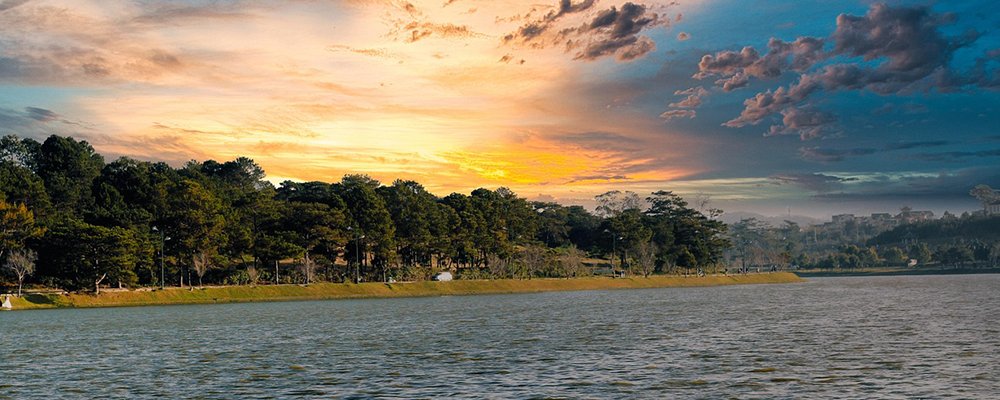
If you are after a bit of calm, then Xuan Huong Lake is a serene oasis from the hustle and bustle of the city. The lake is named after the famous Vietnamese poet and novelist and is surrounded by pine forests and gardens.
And don't forget the Valley of Love, which features a tranquil lake, lush gardens, and picturesque walking trails that offer stunning views of the surroundings. Activities include boating, horseback riding, or simply relaxing.
Da Lat left a last impression in terms of friendliness from the locals, the adventures that we encountered in the four days we were there, and the many attractions that ensured there was no time for boredom.
 Andy Probert is an independent journalist who writes about global travel news, airlines, airports, and business. His work has appeared globally on the BBC, and in many national newspapers and magazines.
Andy Probert is an independent journalist who writes about global travel news, airlines, airports, and business. His work has appeared globally on the BBC, and in many national newspapers and magazines.

